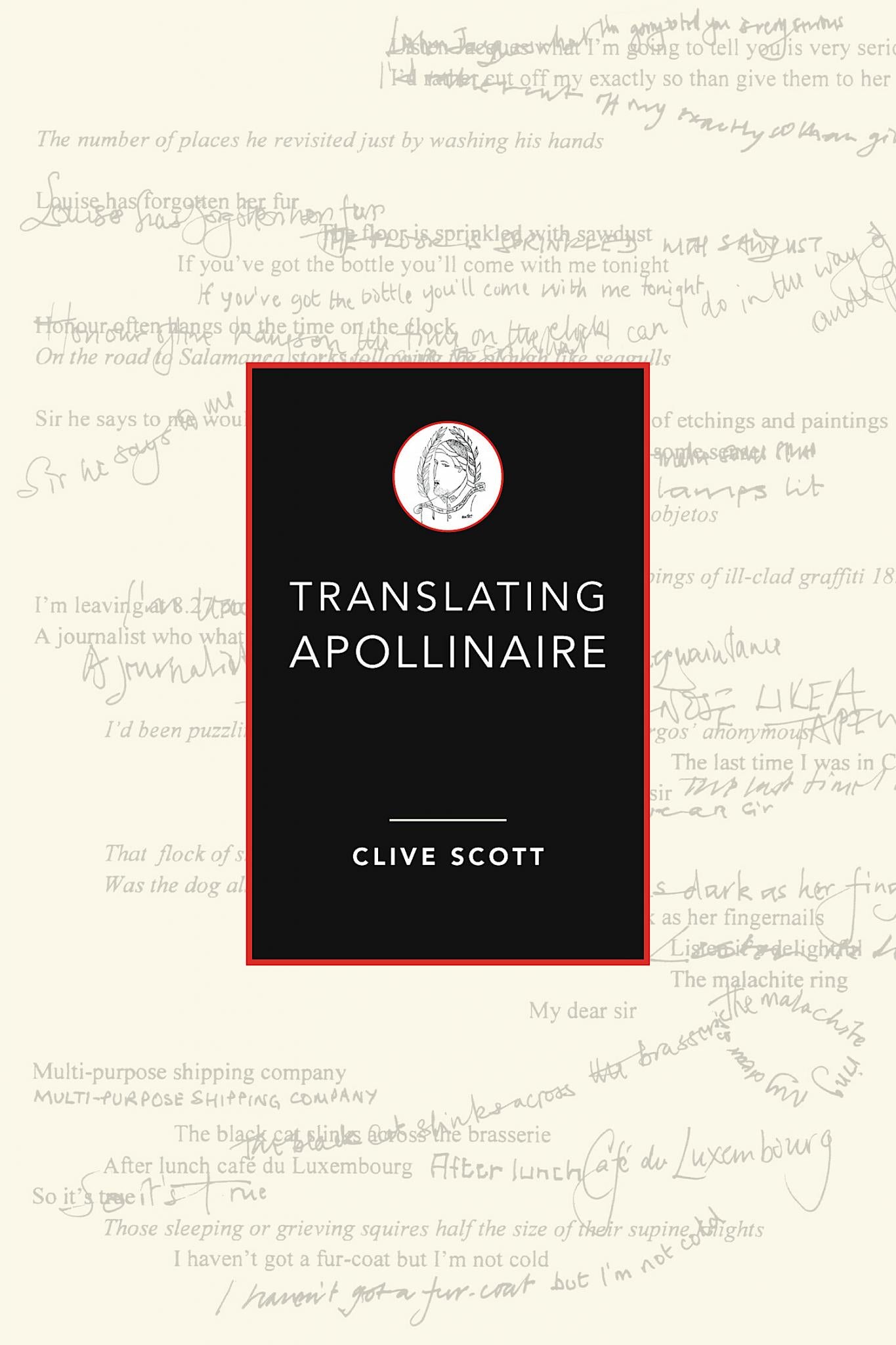University of Exeter Press
Translating Apollinaire
Couldn't load pickup availability

- 304 Pages
Translating Apollinaire delves into Apollinaire’s poetry and poetics through the challenges and invitations it offers to the process of translation.
Besides providing a new appraisal of Apollinaire, the most significant French poet of WWI, Translating Apollinaire aims to put the ordinary reader at the centre of the translational project. It proposes that translation’s primary task is to capture the responses of the reader to the poetic text, and to find ways of writing those responses into the act of translation. Every reader is invited to translate, and to translate with a creativity appropriate to the complexity of their own reading experiences. Throughout, Scott himself consistently uses the creative resource of photography, and more particularly photographic fragments, as a cross-media language used to help capture the activity of the reading consciousness.
Besides providing a new appraisal of Guillaume Apollinaire, the foremost French poet of early Modernism and WWI, Translating Apollinaire aims to put the ordinary reader at the centre of the translational project.
Illustrations
Acknowledgements
A Note on the Text
Prefatory Remarks
Introduction
Chapter One: Styles and Margins
Chapter Two: Choices, Variants and Variation
Chapter Three: The Linear and the Tabular
Chapter Four: Frames and Blind Fields
Chapter Five: The Chromatic and the Acoustic
Chapter Six: New Sounds, New Languages
Conclusion: Repetition, Difference and Simulacrity
Appendix I: Texts
Appendix II: The Case for the Tabular
Notes
Bibliographical References
Index
- 304 Pages














